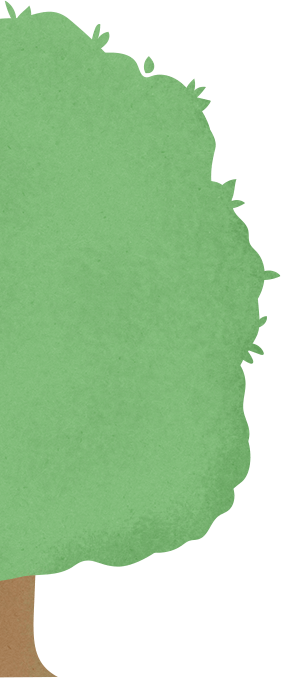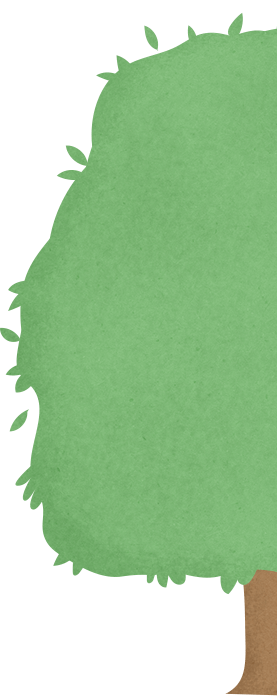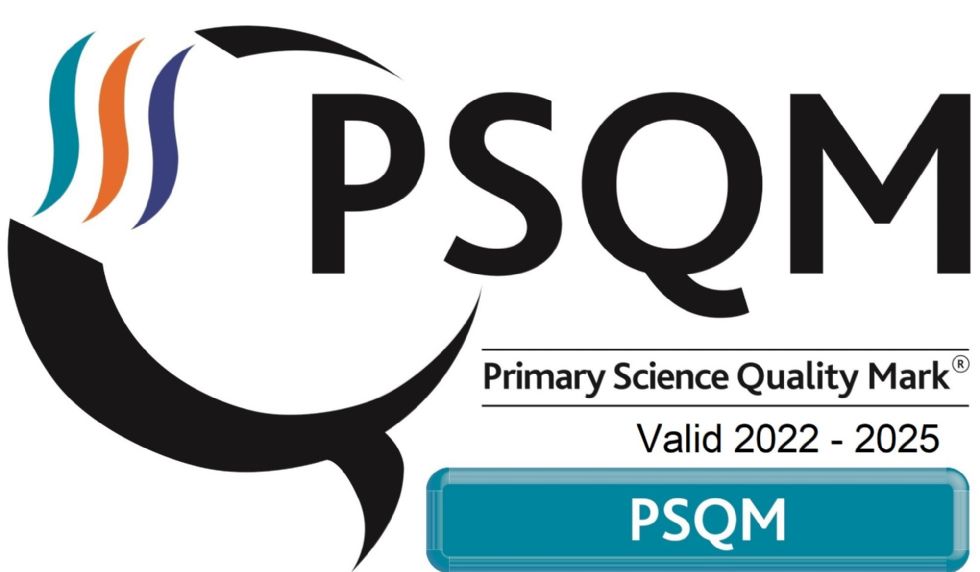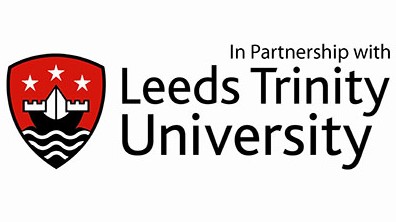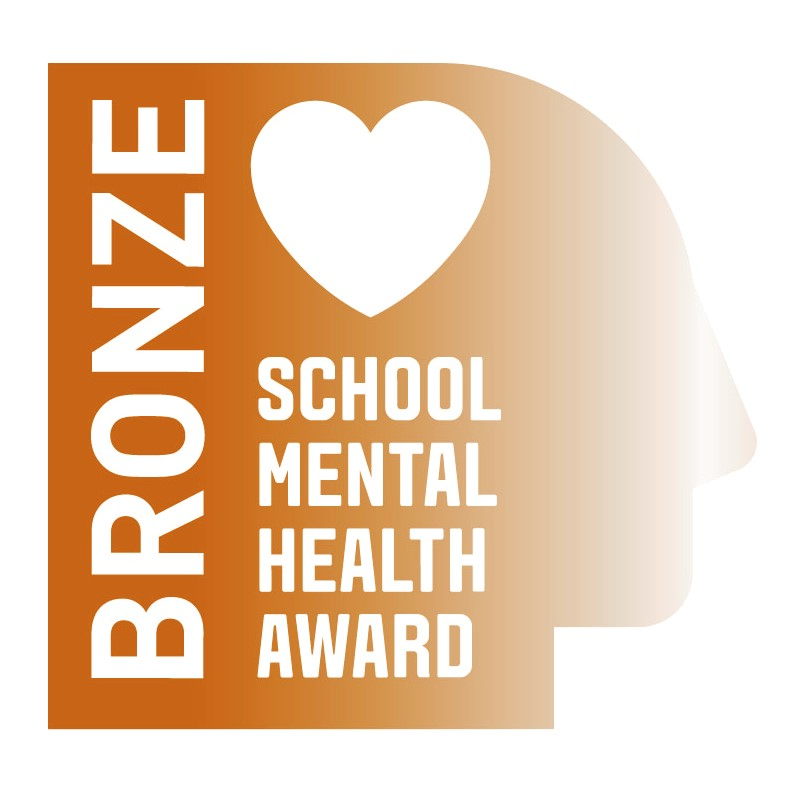
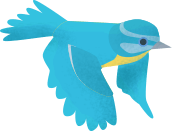
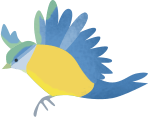

Topic
Science/ Geography
Activity 1 - volcanoes
This practical lesson is looking at how volcanoes erupt when the magma breaks through the Earth’s surface as lava.
Watch the BBC video clip about how to make your own volcano!
https://www.bbc.co.uk/cbeebies/makes/nina-and-the-neurons-volcano
Remember to always ask an adult to help you with your experiment.
If you don’t have clay, you could try making a paper machete volcano or make a cone out of card to place around your bottle.
For more fun facts, read the information about volcanoes on the link below.
https://www.natgeokids.com/uk/discover/geography/physical-geography/volcano-facts/
Activity 2 – Volcanoes and Earthquakes
This lesson is focused on the Earth’s tectonic plates and the Ring of Fire.
First watch this short video on how the Earth is made up of tectonic plates. https://www.youtube.com/watch?v=yBr-D1cFmEs
Now watch this short video about the Ring of Fire to find out where the Ring of Fire is in the world and its importance. Also read the detailed information below the video clip on the national geographic website.
https://www.nationalgeographic.com/science/earth/ring-of-fire/
Now have a go at labelling the map showing the Ring of Fire. Use the Powerpoint to help you.
Art
Day One- PowerPoint- introduce the artist Wassily Kandinsky. Discuss his art work. How does it make you feel? Do you like his paintings? Why/why not? Stop at the slide making tint.
Activity one - Children to explore making tints. Children to choose a main colour eg green. How might we make it lighter? Children to create a tint colour strip so that you can see the colour gradually getting lighter each time when white is added. Once finished, you may want to explore making shades- colour gradually become darker by adding black. How might we make the colour dark?
Day two- Continue looking at PowerPoint and focus on colour mixing. Can the children remember which are primary and secondary colours? Can the children give examples of the new colour that is made when two colours are mixed together?
Activity two - Explore mixing colours together.
Day three- Finish the PowerPoint on Kandinsky.
 Activity three- Create a template by folding paper 12 squares in total. Chn to draw a range of different shaped circles in each of the squares. Model how the children could do this. What colours might we use for the circles? Think about colours which complement each other/ don’t.
Activity three- Create a template by folding paper 12 squares in total. Chn to draw a range of different shaped circles in each of the squares. Model how the children could do this. What colours might we use for the circles? Think about colours which complement each other/ don’t.
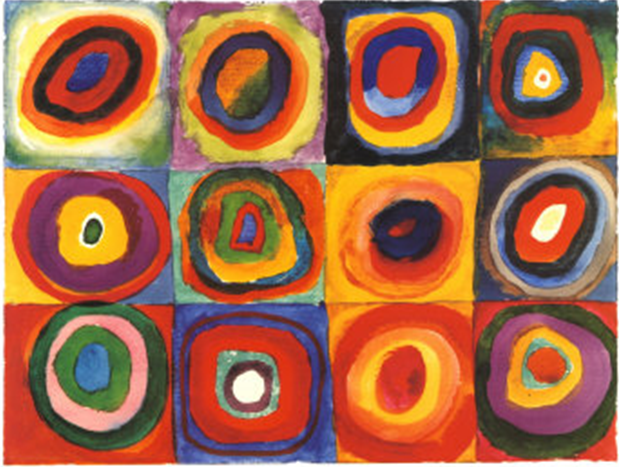
PSHE
Start session with-the phase ‘in school you must try your best’. Is this a responsibility you choose or a rule you must follow? Discuss
Lead this discussion to the following questions:
•What choices do we make about our everyday health and wellbeing?
•Do we always make the right choices?
•Will our choices have physical consequences – will someone get hurt?
Lead to the following questioning:
Are we following rules? Will someone be held responsible for our actions – will someone get told off?
- What are the rules?
- What could happen if we don’t follow the rules?
- Why do the rules change in different situations?
